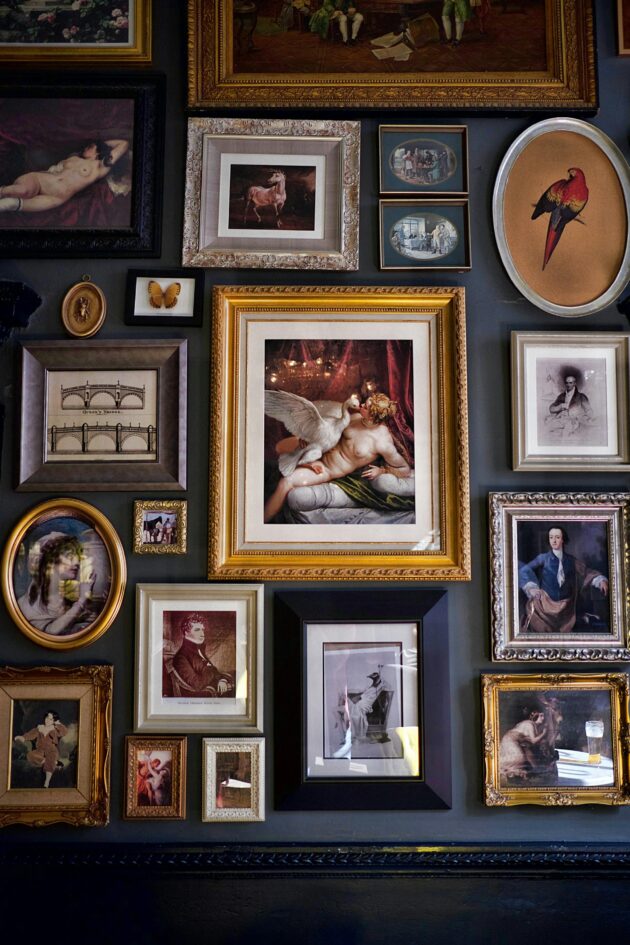
Collecting art is a deeply personal and enriching pursuit that extends far beyond mere ownership. It’s a journey marked by passion, appreciation, and an unwavering dedication to the beauty of creativity. Whether you’re a seasoned collector or just beginning to explore the world of art, understanding the fundamental characteristics that shape this endeavor is crucial.
Table of Contents
Passion and Personal Connection
At its core, art collecting is driven by a profound passion for creativity and expression. Collectors are drawn to pieces that resonate with them on a deeply personal level, reflecting their individual tastes, experiences, and emotions. Each acquisition from important artists, such as Childe Hassam paintings for sale, becomes a manifestation of the collector’s unique journey, forging a meaningful connection between the artwork and its owner.
Artistic Appreciation and Education
Successful art collecting involves an ongoing process of learning and appreciation. Collectors immerse themselves in the history, styles, and techniques of various artists and movements, deepening their understanding of the art world. By cultivating a discerning eye and expanding their aesthetic sensibilities, collectors develop a keen appreciation for the nuances and complexities of different artworks.
Curatorial Vision and Collection Curation
Building a cohesive art collection requires a thoughtful curatorial approach. Collectors carefully select pieces that complement each other aesthetically, conceptually, or thematically, creating a cohesive narrative within their collection. Whether focusing on a specific genre, medium, or cultural context, a well-curated collection reflects the collector’s artistic vision and values.
Quality Over Quantity
In the realm of art collecting, quality always takes precedence over quantity. Collectors prioritize acquiring pieces that demonstrate exceptional artistic merit, craftsmanship, and historical significance. Rather than pursuing a large volume of artworks, collectors opt for a more selective approach, investing in pieces that possess enduring value and timeless appeal.
Art Market Awareness and Cultural Contribution
While financial considerations are not the primary focus, collectors maintain awareness of the art market and its broader cultural impact. They stay informed about emerging artists, exhibitions, and cultural trends, actively contributing to the dialogue surrounding contemporary art. By supporting artists, galleries, and cultural institutions, collectors play a vital role in fostering artistic innovation and preserving cultural heritage.
Ethical Considerations and Responsible Collecting
Ethical integrity is paramount in the practice of responsible art collecting. Collectors prioritize authenticity, provenance, and cultural heritage, ensuring that their acquisitions are ethically sourced and legally acquired. By adhering to ethical standards and supporting transparent practices, collectors uphold the integrity and sustainability of the art ecosystem.
Community Engagement and Collaboration
Art collecting is a communal endeavor that thrives on collaboration and engagement. Collectors participate in exhibitions, art fairs, and cultural events, connecting with fellow enthusiasts, artists, and cultural practitioners. By actively engaging with the broader art community, collectors enrich their own experiences and contribute to the vibrancy of the art world.
In essence, art collecting is a multifaceted pursuit characterized by passion, education, curation, and ethical stewardship. It’s an endeavor that transcends mere acquisition, offering collectors a gateway to creativity, expression, and cultural enrichment.
